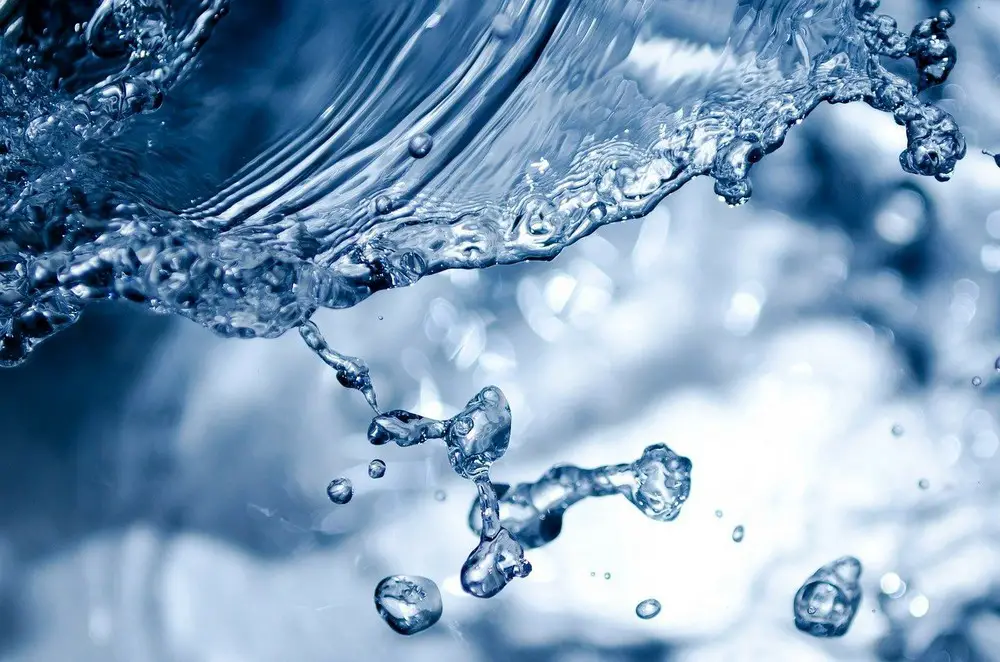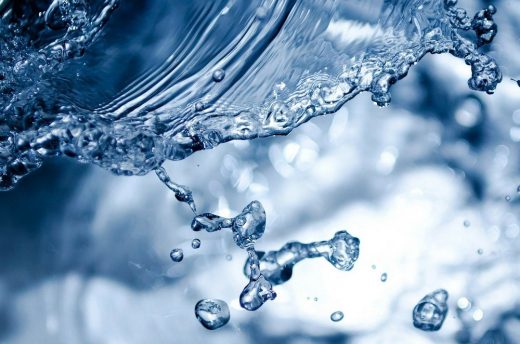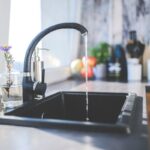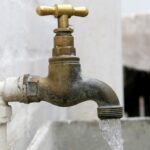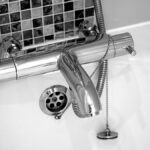Filtering, Softening, Heating, Chlorinating, The many Ways to Treat Household Water, Building Design Tips, Online Advice
The Many Ways to Treat Household Water
3 Nov 2021
The Many Ways to Treat Household Water Help Guide
Depending on where you live, the quality of your water supply could range anywhere from extremely healthful to just barely usable. Since water is vital for everything from drinking to cooking, washing, and cleaning, you definitely want to make sure the water in your home is as safe as possible by treating it to remove impurities.
There are four major ways you can treat water at home: filtering, softening, heating, and chlorinating. And each method has its associated advantages and disadvantages. Want to learn more? You will!
Why Should You Treat Water at Home?
You might feel your water supply is fine. After all, you may not have experienced any recent water-related health problems, your plumbing runs, seemingly, fine, and your kitchen appliances work alright. So why treat your water?
The answer is that, in all likelihood, your water may be okay for consumption overall, but it could still have multiple problems ranging from impurities to higher-than-recommended amounts of trace minerals. Your water doesn’t have to cause immediate health problems to indicate it may require treatment
Even small amounts of impurities over time could harm your health, your plumbing, and your kitchen appliances in the long-term. Treating your water will add an extra layer of security for you and ensure that your water supply is as safe as possible.
How Can I Treat My water?
These are the four major water treatment methods that you can make use of at home.
1. Filtering
Ideally, a water filter will remove all of the chemicals and heavy metals and other contaminants present in your water supply. Water filters employ a filter media or membrane that prevents unwanted elements from passing through, separating clean water from the contaminants. Additionally, utilizing the Kangen water machine to adjust the pH level of your water can also help improve its overall quality. These alkaline water systems use electrolysis to split the incoming water into alkaline and acidic components, producing clean, mineral-rich drinking water.
Filtering Pros
- Most water filters require a one-time install, so they typically incur only a high up-front cost with comparatively lower long-term maintenance expenses. Their reduced long-term costs make water filters cost-effective long-term, especially since many other water treatment methods require routine maintenance.
- Water filters are extremely convenient since you don’t have to invest any labor into them; water filters work automatically. Once they’re installed, you only have to worry about occasionally cleaning.
- In addition, modern-day water filters are also extremely accurate at removing impurities, and they’ve become very popular, which has made them easily available.
Filtering Cons
- Water filters are very effective, but some would say that they’re too effective. There are units that remove virtually all trace minerals from water. However, some of these trace minerals are quite healthy if consumed in small quantities. So if you go for a water filter, make sure that you still get your recommended daily amounts (RDAs) of these minerals from other sources.
- Water filters don’t need any of your time or effort when operating, but some require electricity so expect your energy bill to go up right after installation.
- And while they don’t necessarily have regular maintenance needs, water filters do occasionally get damaged and require repairs which could be expensive.
Softening
Water softening is a process that involves converting hard water into soft water. Hard water contains very large amounts, higher than 121 ppm, of calcium carbonate and other hardness minerals.
A water softener’s sole purpose is to remove these minerals from the water.
Softening Pros
- The soft water that water softeners produce improves your plumbing since it doesn’t cause scaling, meaning much less straining on pipes.
- Soft water is also much more efficient than hard water for cleaning and washing purposes, so your overall water usage should see a decline too.
- The biggest advantage of water softeners is that they can reduce your energy bill by improving the heat exchange efficiency of your water heater.
Softening Cons
- Water softeners only remove hard minerals, primarily calcium and magnesium, but they won’t remove any other water contaminants like filtration systems do. That’s because a water softener is designed for one very specific purpose: removing hard minerals.
- Water softeners won’t disinfect your water or remove organic compounds. They will do virtually nothing against bacteria, algae, or viruses in your water.
- The biggest problem with water softeners is the fact that they produce large amounts of wastewater. This is not only bad for the environment; the water also needs to be drained into your septic system in case you’re using one which can easily result in an overload.
Heating
Heating water treatment usually involves boiling a pot of water over your stove for 1 to 3 minutes before use. It’s a simple, age-old, and efficient solution for removing impurities from the water that’s been around for a very long time.
Heating Pros
- Boiling water is relatively efficient for killing most of the microorganisms in your water, including bacteria and viruses. It’s also the cheapest way to treat water since it doesn’t require any specialized equipment and does not incur high operating costs either.
- You can also boil water on your own without the need for any outside help, unlike with other treatment methods. So it’s a good simple way to treat your water.
Heating Cons
- Boiling water is simple and effective, but it’s comparatively labor-intensive, especially if you need to boil very large amounts. It can be extremely cumbersome to have to boil multiple pots of water one after the other. So it’s not an effective solution in terms of minimizing labor.
- While boiling is reasonably effective in killing bacteria and microorganisms, it is not the most effective way to do so. Boiling does nothing to remove heavy metals from water, and boiled water may have a bland taste.
- It is also important to boil carefully since improperly boiled water can be dangerous for consumption.
Chlorination
Chlorine water treatment, also known as shock chlorination or simply chlorination, involves adding sodium chloride to water in order to kill microorganisms. Chlorine achieves this by reacting with the cell membranes of bacteria etc., damaging them to the point that they can no longer function.
Chlorination Pros
- Chlorine water treatment is the most effective for removing organic matter.
- Chlorinated water also decreases the likelihood of future infestations of bacteria, viruses or cysts.
- Shock chlorination is relatively affordable.
Chlorination Cons
- Chlorination requires regular pumping of wastewater.
- Chlorine water treatment also tends to produce water with bad taste and odor that some people find unpleasant or even difficult to tolerate.
Which Method Should You Use?
Which of the 4 home water treatment methods you should use depends entirely on the type of water problem that you have, and your budget.
If you’re concerned with the overall health of your water supply, it’d be best to buy a water filtration system. If you’re only interested in removing hard minerals from your water, you should opt for a water softener.
Similarly, if you’re not willing to invest in any water filter for your home, or if you’d only like to occasionally disinfect water then you should just boil it. Lastly, suppose the biggest issue you face is the growth of bacteria and other microorganisms, and you want a comparatively cheaper solution. In this case, chlorine water treatment is the best option for you.
Comments on this Filtering, Softening, Heating, Chlorinating – The many ways to treat Household Water article are welcome.
Water damage Articles
Water damage
Tips to protect your business from flood damage
Water damage cleanup and repair service
What you should do after your house floods
6 Ways to Detect Water Leak in Your Home
Building Articles
Residential Architecture
Orange Regional Museum and Community Centre, New South Wales, Australia
Design: Crone Architects

photo : Troy Pearson
Orange Regional Museum Building
Comments / photos for The many Ways to Treat Household Water page welcome

